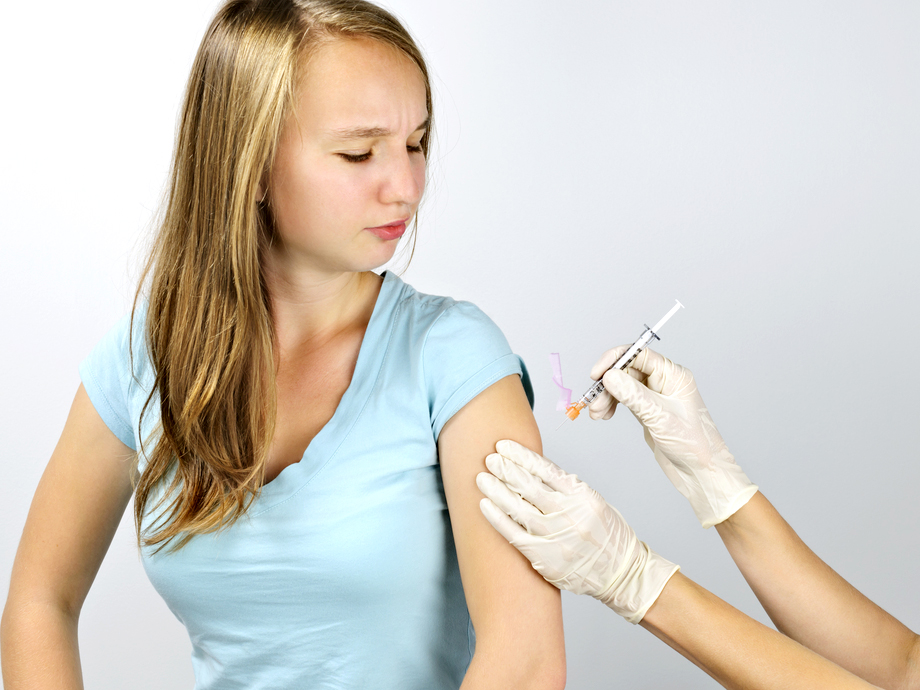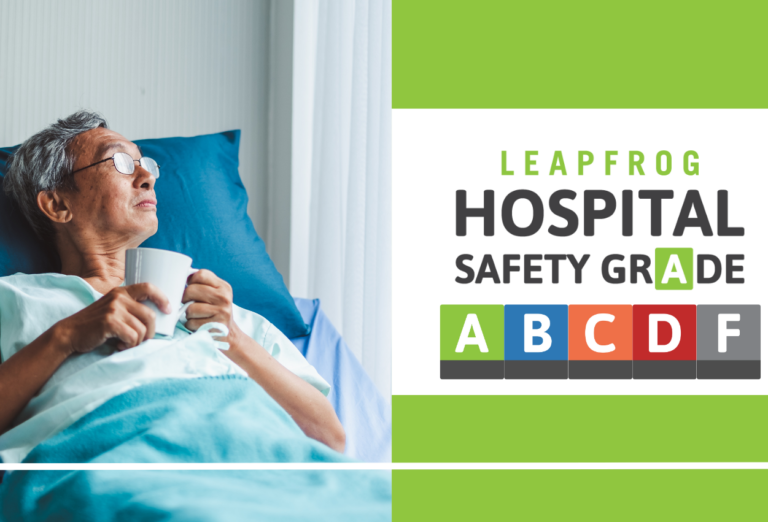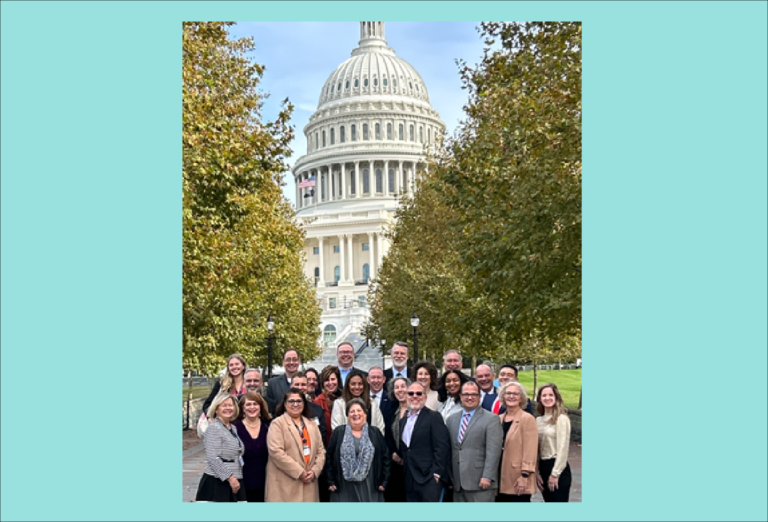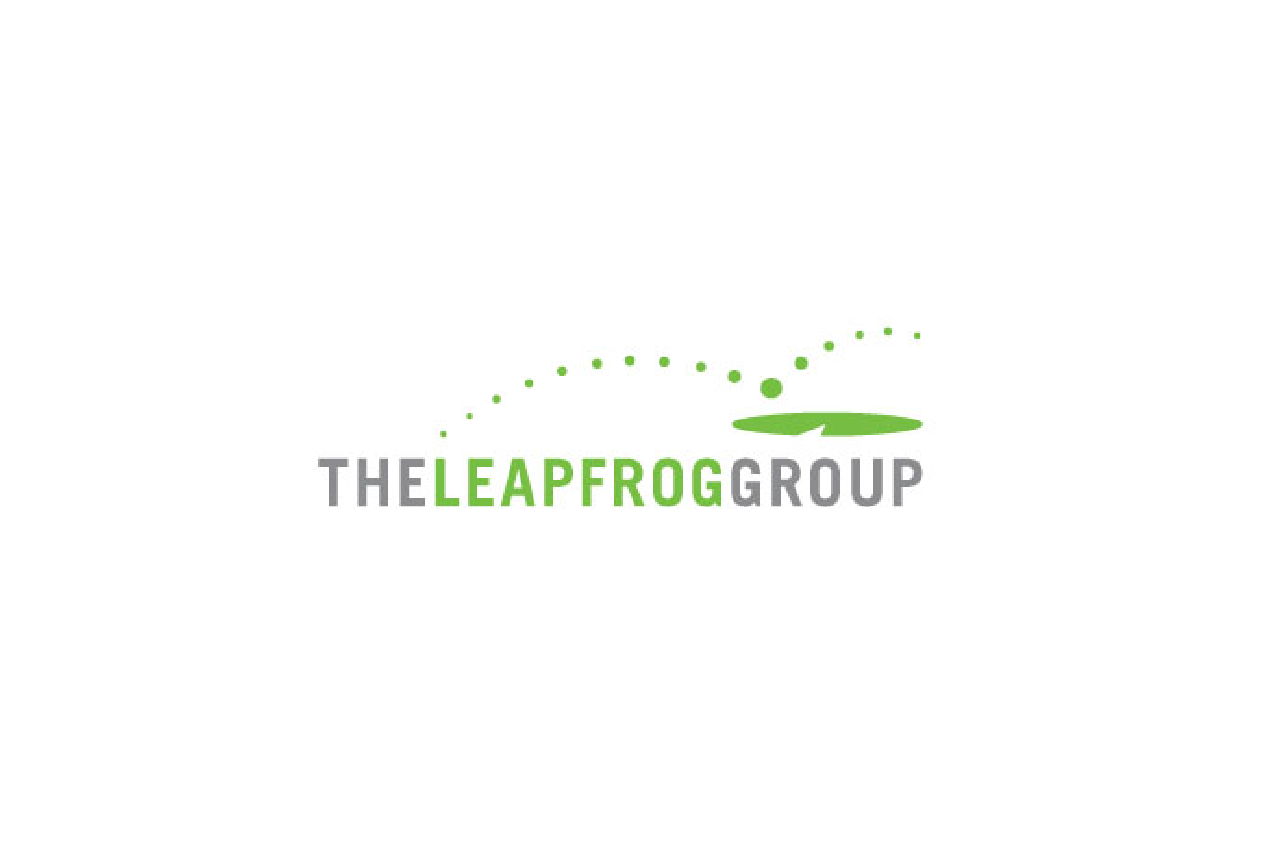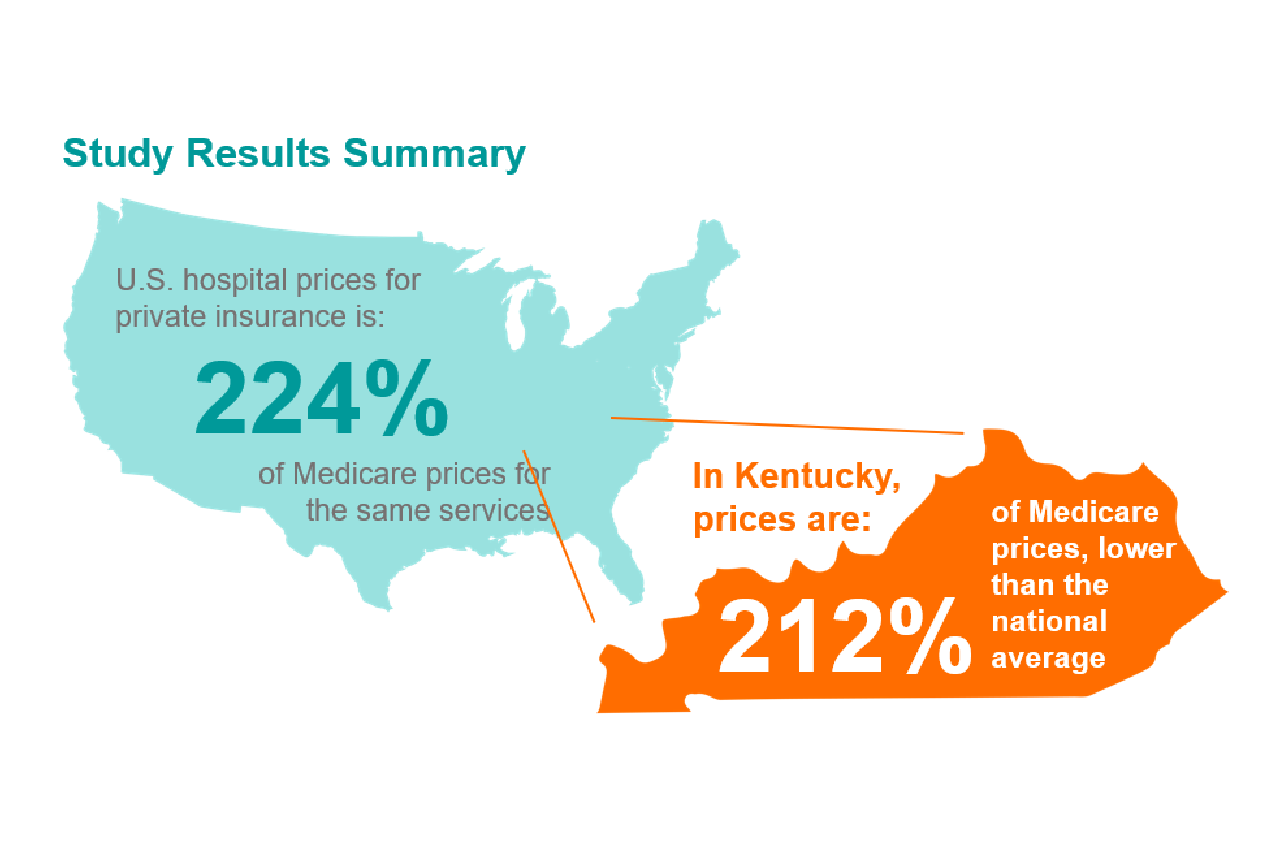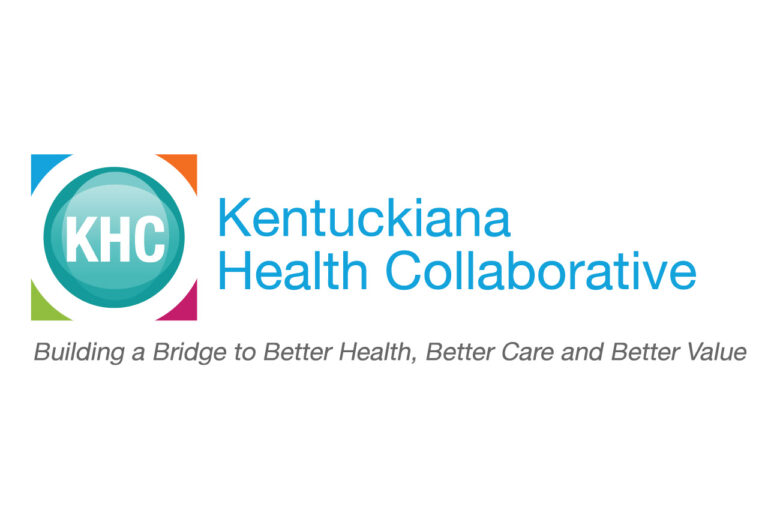Beginning in 2017, immunization against human papilloma virus (HPV), a sexually transmitted virus that causes cervical cancer, was added to the Immunizations for Adolescents HEDIS measure that is tracked in KHC’s annual Consolidated Measurement Reports. Earlier this month, the American Cancer Society (ACS) launched a campaign to increase the HPV vaccination rate for 13-year-olds to 80% by 2026, making this a good time to highlight HPV vaccination in our Measure of the Month series.
ABOUT THE MEASURE
Immunizations for Adolescents includes three types of vaccines:
- Meningococcal meningitis
- Tetanus, diptheria, acellular pertussis (TDAP/TD)
- Human papilloma virus (HPV)
Traditionally, just meningococcal and TDAP/TD were included in the combination for immunization, but beginning last year, a second combination was created that added HPV. Health plans began monitoring the vaccination rates for performance in 2016.
According to measure specifications, children should complete the HPV vaccine series by their 13th birthday. According to the ACS, the vaccine is most effective when given at ages 11 or 12 but can be administered to individuals up to age 26.
The KHC community reports with 2016 data has not yet been released, but the community averages for HPV vaccination have been calculated and will be included on that report when it is released. In Kentuckiana, the HPV vaccination rate in 2016 was 16.7%. In Kentucky, the rate was 14.1%. National rates of vaccination range from 13.9% for PPO plans to 22.7% for Medicaid (see chart below).
WHY IT’S IMPORTANT

Kentucky historically has lagged in HPV vaccination rates compared national rates. And that lack of vaccination has translated into poorer outcomes. Although best known for causing cervical cancer, HPV can cause a variety of cancers, including oral cancer, vaginal cancer, and penile cancer. According to the CDC, Kentucky has the highest rate of HPV-related cancers in the country (see graph on the right).
But if vaccinated appropriately, individuals are protected from HPV. ACS has identified five strategies to drive its “Mission: HPV Cancer Free” campaign:
- Strengthen provider recommendations
- Activate partners and stakeholders
- Know the data and track progress
- Implement evidence-based interventions and systems changes
- Increase parental knowledge
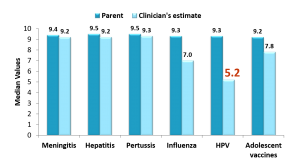
One of the interesting things the ACS has highlighted in its campaign materials is that strong provider recommendation is key to vaccination, but parents cite lack of provider recommendation as one of the reasons that they don’t initiate HPV vaccination. According to data, parents value the HPV vaccination as highly as they do other adolescent vaccinations, but providers’ estimation of how highly parents value the vaccine is much lower (see graph BELOW/RIGHT/LEFT). The perceived and real concerns of parents influence how clinicians recommend and administer the HPV vaccine.
RESOURCES
For more information on the Immunizations for Adolescents measure, including HPV, visit the National Committee for Quality Assurance website here.
Additionally, find more resources about HPV vaccination from ACS website. Specifically, for Kentucky providers, a recording of a webinar that outlines strategies can be found here.
